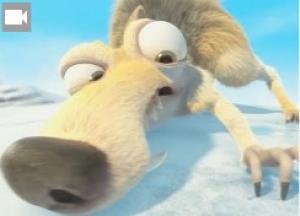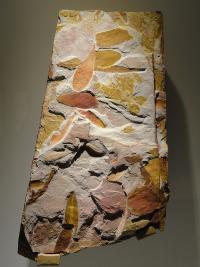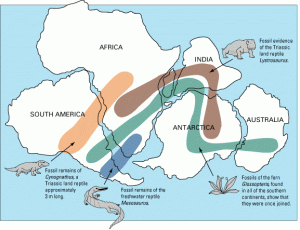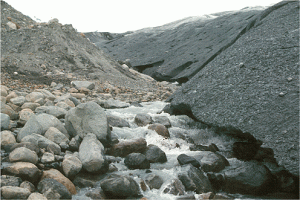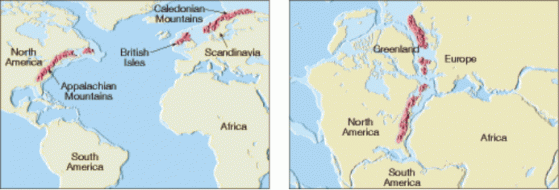Continental Drift
Earthquakes and volcanoes are a blast to talk about, but what we haven't really discussed what the driving forces behind such awesome power are. In this section, we will discuss the science that led us to an understanding of the driving mechanisms behind our mountains, volcanoes, valleys, oceans, and earthquakes.
First, we need to know who Alfred Wegener is and what his hypothesis, Continental Drift is all about.
SUSD5 Student Version of The Continental Drift Activity
Purchase the Continental Drift Activity at Teachers Pay Teachers for $2.00.
Before the 1800s there once was a theory of how all of our landmasses ended up in their current locations. Below is a video that might help you understand how that happened.
In the early 1800's Alfred Wegener, a German scientist noticed that when looking at the continents on a map, they looked like they might have once fit together, like a puzzle. He hypothesized that maybe at one time all of the continents were joined together in one landmass that Wegener called, Pangaea and that the continents have been slowly drifting apart in a process called Continental Drift. Below is a better video that will explain Pangaea.
Not only did the continents look like they fit, but he discovered that similar plant and animal fossils were found on different continents. Some of these fossils were plants that would have a really difficult time getting to the shores of another continent. Some were mammals that were not swimmers, so how did they get on multiple continents when there are huge oceans in the way. Some fossils were from organisms that lived in hot tropical climates but were found where it is very cold. These were hints that once upon a time, continents were joined together. Below are some of the fossils that Wegener studied on multiple continents.
|
|
|
|
Below is an image showing the location of where these fossils have been discovered.
Other evidence of continental drift is that glacial deposits, glacial grooves, and other glacier evidence have been found in parts of South America, Africa, India, and Australia. Glacial evidence has been found in these areas that are much too warm to sustain glacier growth.
|
|
|
The last piece of Wegener's hypothesis is that at edges of continents, there are similar rock types as well. Many rock types found in the Appalachian Mountains are also found in England. Wegener hypothesized that maybe England and North America were once joined together.










